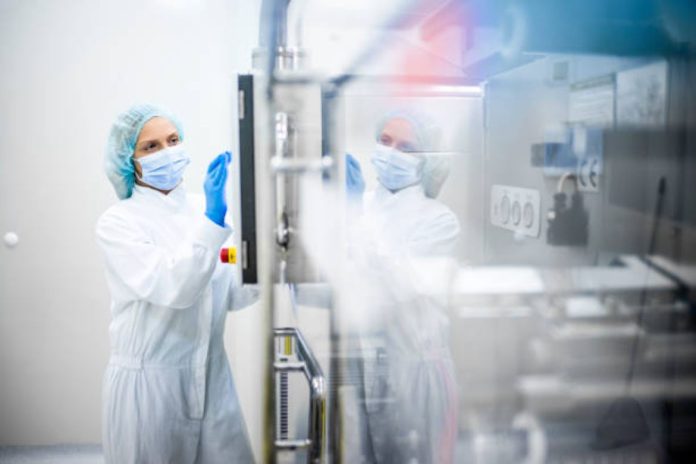In today’s rapidly advancing technological landscape, cleanroom environments are crucial for industries that rely on precision, contamination control, and optimal performance. Cleanroom IT is a specialized field that ensures the integration of information technology systems in controlled environments, maintaining the strict standards necessary for operations in sectors such as semiconductor manufacturing, pharmaceuticals, biotechnology, and aerospace. This article will explore what cleanroom IT entails, its significance, and best practices for implementing and maintaining IT infrastructure in cleanroom settings.
What is Cleanroom IT?
Cleanroom IT refers to the deployment, management, and maintenance of IT infrastructure within controlled environments, known as cleanrooms. These are spaces designed to limit particulate contamination and maintain specific temperature, humidity, and pressure levels. Cleanroom IT includes all components such as servers, storage devices, network systems, and workstations that must function without introducing contaminants or being affected by the strict conditions of a cleanroom.
Why Cleanroom IT is Important
The importance of cleanroom IT cannot be overstated. In cleanroom settings, even the smallest particle can cause damage to sensitive equipment, result in product defects, or compromise research. Properly designed cleanroom IT systems ensure:
- Optimal Performance: Advanced IT systems in cleanrooms are engineered to operate seamlessly under high-level environmental controls, preventing potential disruptions that can arise from temperature fluctuations or airborne particles.
- Enhanced Data Integrity: Cleanroom IT maintains secure and stable systems that uphold the integrity of critical data, which is vital for accurate research and development.
- Compliance with Industry Standards: Sectors like semiconductor manufacturing and pharmaceuticals require adherence to stringent regulations. Cleanroom IT systems must comply with standards that ensure safety and operational excellence.
Challenges in Cleanroom IT Integration
Integrating IT infrastructure into a cleanroom presents several challenges:
- Temperature and Humidity Control: IT equipment generates heat, which must be carefully managed to prevent overheating. Additionally, humidity levels need to be balanced to avoid condensation that could damage electronic components.
- Contamination Prevention: Ensuring that IT systems do not contribute to particle contamination or attract dust and debris is a critical part of cleanroom IT design.
- Accessibility and Maintenance: Maintaining and upgrading IT systems within a cleanroom environment must be done without compromising the controlled conditions, requiring specialized procedures and equipment.
Best Practices for Cleanroom IT Implementation
To effectively deploy and maintain IT infrastructure in cleanrooms, certain best practices should be followed:
1. Select Specialized Equipment: Use IT equipment that is specifically designed for cleanroom environments. This equipment often features sealed enclosures, low-particle-emission materials, and components that can withstand temperature and humidity variations.
2. Regular Maintenance and Monitoring: Routine checks and preventive maintenance are essential to ensure that the IT systems remain compliant and fully operational. Monitoring systems should be in place to detect potential issues early.
3. Staff Training and Protocols: Technicians working with IT systems in cleanrooms should be well-trained in protocols for maintaining the cleanliness and integrity of the environment. This includes wearing appropriate clothing and following strict procedures for equipment handling.
4. Strategic Placement: IT infrastructure should be strategically positioned to minimize air circulation disruption and contamination risks. Properly designed layouts help maintain optimal airflow and prevent hotspots.
Conclusion
Cleanroom IT is an essential aspect of industries that demand high precision and contamination control. Whether in semiconductor manufacturing, pharmaceutical production, or biotechnology research, maintaining robust and efficient IT infrastructure within cleanroom environments ensures optimal performance and compliance with industry standards. By selecting specialized equipment, implementing strict maintenance protocols, and adhering to best practices, businesses can harness the full potential of cleanroom IT for their operations.









